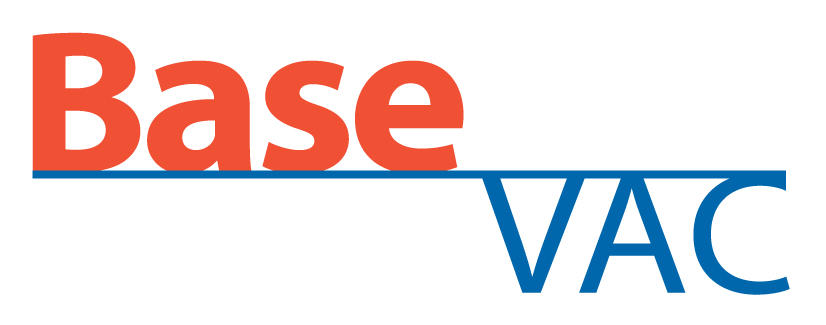Trying new products can be a nerve-racking experience, especially if that product is an essential part of your business, like the mechanical room of a Dental Practice. BaseVac understands these pressures; for this reason, we have created this blog series to highlight the benefits of the BaseVac systems.
The last segment of this blog series spoke about the function of our systems. We highlighted the ease of maintenance, expandable systems, and specially designed air/water separators. Today, we will be discussing the environmental impact of wet-vacuum systems and how upgrading your office to a BaseVac can reduce your environmental footprint while saving thousands of dollars per year.
Environmental Impact
Before dry-vacuums, dental practices used wet-ring pumps to generate vacuum in their clinics. These wet systems use roughly four liters per minute per pump to create a vacuum seal and keep the motor cool. For dental professionals still using wet-vacuum systems, it is a drain on both the environment and the Dentist’s wallet.
Wet Vacuums
Wet Dental Vacuums are a very simple design that works on the principle of using water to keep the pump cool and create a vacuum seal between the pump’s propeller and pump casing. This wet vacuum seal is what creates the suction for a Dental Clinic.
Air-flow through a wet-ring vacuum pump.
How Liquid Ring Vacuums Work
Liquid ring vacuum pumps have an impeller that is offset in a housing partially filled with water. The impeller blades dip into the fluid as it spins, and the centrifugal force exerted by their rotation forms a liquid ring within the housing. The gases and water from the Dental Chairs are transported in the spaces between the blades and the liquid ring. The offset rotation of the impeller alters the volume of these spaces, causing gas to be drawn in, compressed and expelled. This process creates a vacuum in the suction lines.
Worth the Investment
In a medium-size clinic, using two 2Hp wet-vac pumps, the annual water consumption can reach over 1,000,000 liters per year – the same as 84,000 toilet flushes or fills two average family pools every month. That is a lot of water in and out of a dental clinic; this averages out to roughly $3,600 per year.
Water savings breakdown, based on the average cost of $0.017/gallon for water consumption.
Is $3,600 in savings per year enough to justify a BaseVac dry-vacuum system? Consider this: with $3,600 per year in water savings, you will have a return of investment on your vacuum within 3-5 years.
Performance
Horsepower to horsepower, there isn’t another dental vacuum system as powerful as a BaseVac. Follow our series to learn about the true power BaseVac can bring to your Dental Clinic



